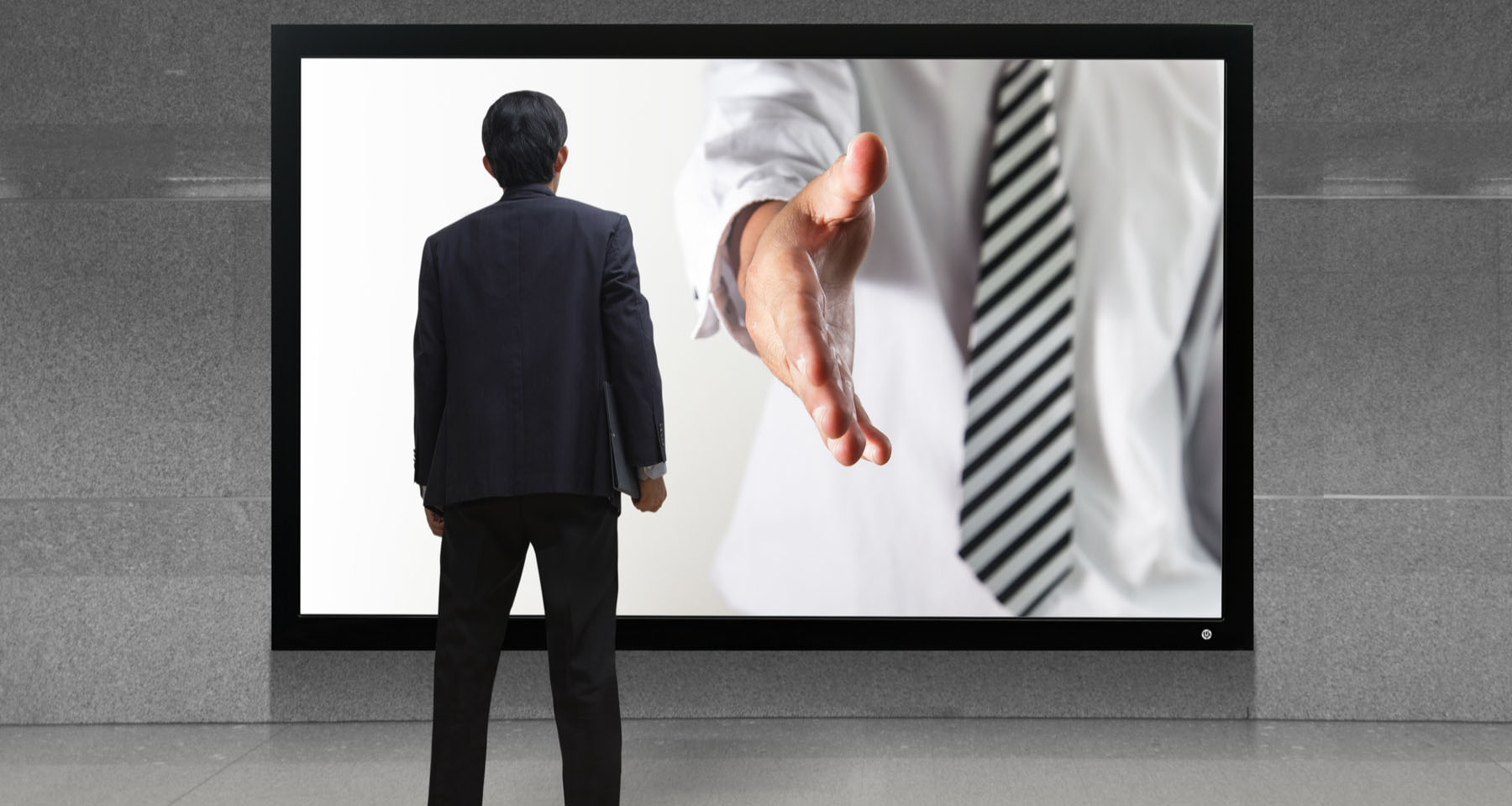The COVID-19 pandemic has forced many businesses to rethink how they reach their customers—and pharmaceutical companies are no different. The sudden and unprecedented challenge the industry faces from COVID-19 means organizations must adapt wherever they can to stay viable, protect their employees, and continue to deliver essential services.
For pharmaceutical companies, one of the challenges is how to connect to healthcare professionals (HCPs) in markets where face-to-face interactions are limited or no longer possible. While the likes of Zoom and WhatsApp allow us to stay in touch in our personal lives, creating a positive customer experience in a virtual environment is much more complex and demands careful strategic alignment, tailored content, and new-skills training. Simply switching from face-to-face interactions to virtual ones isn’t straightforward, and companies have to ensure they have a clear strategy, effective messages, and teams that are well trained and confident enough to execute the direction set for them.
Here are some of the best practices that will help pharma make virtual interactions a success.
Engaging Key Opinion Leaders (KOLs)
Throughout the pandemic, medical science liaisons (MSLs) continued to connect with key opinion leaders (KOLs), HCPs, investigators, payers, and formulary committees, cultivating relationships and delivering vital scientific information. MSLs are often the most effective way to engage with doctors and KOLs as access is often easier for non-promotional medical teams.
Although KOLs have been focused on navigating the COVID crisis, they have continued to seek information from MSLs on the latest therapeutic developments and guidelines, and other clinical topics. KOLs tend to be geographically dispersed, requiring significant travel time for MSLs, which may not be possible now or in the near future. However, prior to the lockdown MSLs were increasingly engaging with KOLs via remote platforms, so the shift in balance towards digital was not a complete overhaul but more an acceleration of an existing trend. Overall, the lockdown period has further emphasized the importance of seamless information, delivered via digital content and remote interactions.
MSLs need to be empathetic to what many doctors have been through during the pandemic—and what they may face in the future as they continue to protect their patients and staff. As such, MSLs’ conversations will need to adjust to accommodate this new reality, as will their presentations. Although more than half of physicians say they will accept the same or an increased level of personal visits post COVID-19, the reality is that their appointment times may become less flexible.
With this in mind, it seems likely that MSLs will need to continue with virtual engagements for some time—or at the very least offer a hybrid combination of virtual and face-to-face options. Although MSLs have generally coped well in supporting KOLs during the pandemic, our global benchmarking data indicates that MSLs are still more effective in face-to-face meetings than in virtual ones.
When engaging virtually, the MSL’s mindset is more often focused on delivering data only, rather than engaging their audience. In observations of 300+ MSL/HCP interactions, STEM found that 54% of MSLs had an outcome they wanted to achieve beyond data delivery when engaging virtually compared to 73% in face-to-face meetings. A similar pattern is present when it comes to the depth and quality of discussion in virtual interactions where MSLs engage in less disease state discussions and ask fewer “what” and “why” follow-up questions. In virtual engagements, MSLs sought to understand HCPs’ views into therapy areas 41% of the time compared to 56% in face-to-face meetings and only 14% sought to understand the rationale behind their views during remote discussion compared to 32% when in-person.
This suggests pharma companies may need to invest more in training and data analysis if their MSL/HCP interactions are to be effective over the long term but three immediate changes MSLs should make to improve the quality of remote engagement are:
- Use more visuals and slides but avoid “presenting,” instead, view the call as a discussion.
- Ask more open questions to understand the HCP’s rationale and increase the level of engagement.
- Discuss the HCP’s specific practice/clinical experiences and their treatment approach.
Having these three pointers in mind will help increase the number of “what” and “why” type questions associated with higher quality KOL engagements.
Reimagine Content
Tailoring content to the virtual environment is vital. Any change to the medium also changes the way a message should be presented and what works face-to-face isn’t necessarily as effective via video call. Businesses need to understand how the platform they’re using works and its limitations before analyzing their current scientific and marketing content, looking at its suitability for the platform, what changes they’ve already made, and assessing effectiveness through comparison to benchmarks.
It’s important to view this as an opportunity—it’s highly likely the increased demand for virtual engagements is here to stay—investing in new, tailored content is a long-term strategy. It’s also important to note that the right technology and content can bring previously uninspiring materials to life with engaging visuals and improve on the face-to-face meeting.
From Discussion to Sale
Once relationships are established, medical teams can create opportunities for commercial teams. Data shows that where face-to-face meetings aren’t possible, physicians in the EU1 are prioritizing engagements with medical affairs teams (31%) and MSLs (25%) as opposed to sales reps (15%). For the collective commercial function to be successful, teams need to know when there are opportunities to hand over or have sales discussions and to ensure that the virtual experience remains consistently high quality.
Sales teams need to create plans for effectively engaging different personas, tailoring messages for different functions with a consistent and specific structure to ensure that key information is communicated and, just as importantly, gathered. As with MSL/KOL discussions, it’s harder to generate a conversation in virtual environments than it is face-to-face so open questions will help facilitate interaction and avoid the “tell sell” scenario which can hinder meaningful engagement.
Closed, generic questions that can be answered quickly will often shut down the conversation.
Within every sales team there should be a “champion” with virtual experience and a track record of influencing who can support other reps. Where this is lacking, developing a partnership with a contract sales organization with the requisite expertise and strategic oversight may be essential to the virtualization journey.
Conclusion
The journey to virtualizing engagement in the pharma industry is not straightforward. Understanding audience preferences, the different content demands, and the nuanced differences between physical and remote discussions are fundamental to success.
Measuring the efficacy of virtual engagements will be key if pharma sales teams are to be successful in the coming years. Businesses need to know how effective their team is, allowing them to spot skills gaps, detail areas for improvement, identify any root causes, put training in place, and ensure managers can coach best-practice execution.
References:









